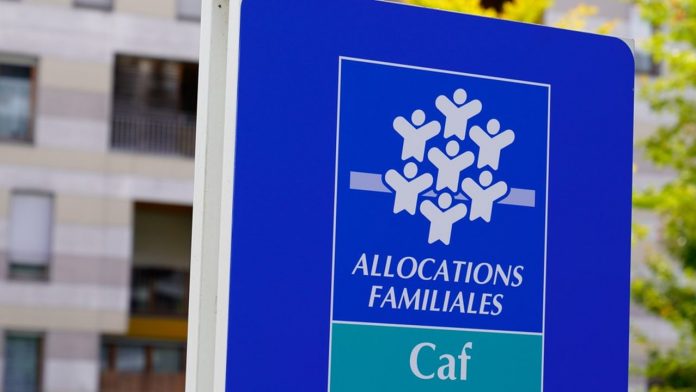Posted Sep 29, 2022, 2:17 PM
The rebound in economic activity last year had a very clear effect on the number of recipients of social benefits. According to the last count carried out by the DREEs this Thursday, the number of recipients of social minima thus fell by 3.5% in 2021 compared to 2020, a year marked by an exceptional crisis linked to the Covid-19 pandemic.
Sensitive to the improvement in the labor market situation, the workforce of the RSA, the most important social minima, fell sharply last year (-6.2%) and reached 1.93 million households at the end of the year. ‘year. “Either a return to the situation just before the health crisis”, underlines the Directorate of Statistics of the Social Ministries.
Equally sensitive to the situation on the labor market, the number of ASS (specific solidarity allowance) staff experienced a seesaw pattern, falling in the first half of 2021 before rebounding strongly during the summer under the effect of the end of the measures to extend unemployment benefit rights that had been taken during the second confinement. At the end of the year, they started to fall again to reach 321,900, a decrease of 9.3% in one year.
Less sensitive to the labor market, the allowance for disabled adults (AAH) saw the number of its beneficiaries climb by 1.2% in one year, to 1.25 million. “In recent years, the increase in numbers is solely attributable to recipients whose disability rate is between 50% and 79%,” write the authors. The number of recipients of the minimum old age also increased by 3% to 654,400 last year.
The APL reform produces its effects
Among the other non-contributory social benefits studied, the DREEs noted last year a slight increase in the number of beneficiaries of the activity bonus, with 4.62 million households concerned (+0.9% in one year) . The implementation of the “1 young person, 1 solution” plan from August 2020 also caused the number of beneficiaries of the Youth Guarantee to explode (+74.1% compared to the end of 2020, i.e. 130,500 beneficiaries). This service also disappeared last March in favor of the youth employment contract (CEJ).
On the other hand, the study underlines the sharp decrease in the number of housing benefit recipients (6.1 million households, -8.9%), linked to the implementation of the “contemporaneization” of resources for the calculation aid to 1er January 2021. Another drop observed: that of the number of beneficiaries of complementary health solidarity (CSS). At the end of 2021, there were 7.17 million (5.76 without financial participation and 1.41 with), a slight decline of 0.4%.
Reduction of poverty
In 2020, the health crisis had thrown a large number of French people into precariousness. This situation had resulted in a sharp increase of 4.4% in the number of recipients of a social minimum compared to the end of 2019, i.e. 4.47 million people. During this black year, 30.4 billion euros had been devoted to this expenditure (+6.8% in one year), or 1.3% of GDP.
This safety net had nevertheless been beneficial for many families, insists the DREES, in particular single-parent families, large families or even young people under 20 years of age. In 2019, non-contributory social benefits represented 38% of the disposable income of poor households (those whose standard of living is less than 60% of the median standard of living, or 1,102 euros per month). That year, social benefits reduced the poverty rate by 7.6 points to 14.6% of the metropolitan population. A figure that would have risen to 22.2% without this redistribution.













